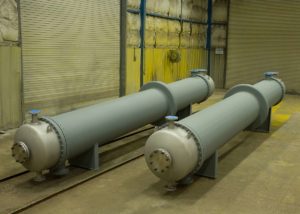It is now known that rendering is a digital image created by more or less performing rendering software. The creation, starting from the 1970s, of three-dimensional scenes through algorithms has definitely revolutionized sectors such as architecture, interior design and industrial design. Simplifying, the rendering is nothing more than a digital representation that comes from a three-dimensional model to which textures of real materials are applied, all illuminated by lights that simulate the behavior of natural and artificial light sources. With the 3D graphics rendering engine Scene kit the Huawei mobile offers the best choice.
Evolution of the Concept of Render
Since the release of the first renders, there has been a great debate on the role of these 3D computer-generated images. If on the one hand the possibility of creating digital images simplifies the way of presenting projects and products, on the other hand there is a risk of limiting the craftsmanship of the representation compared to techniques such as artistic drawing and photography. However, the “race” to photorealism, which has characterized much of the history of 3D rendering, is now partially overlapped by a daring search for innovative visual solutions.
Software, Render Farm and Post-Production
To date, various software is available for the creation of 3D rendering, with different price ranges and levels of complexity of use. However, it is necessary to make a distinction between those that are modeling software (for example 3ds Studio Max, Rhinoceros or Cinema 4D) and those that are rendering engines, responsible for calculating the final scene according to the parameters entered (such as V-ray, Corona and Octane).
A parallel world is instead that of plug-ins, or additional components that simplify the creation of objects and materials such as fabrics and vegetation. The time factor is decisive for those involved in rendering by profession. In order to deliver the renderings to the customer in time, it is possible to use render farms. These are online platforms that make their computing capacity available to shorten the execution time of a render or video. The post-production is a step not to be ignored totally, if you want to get a quality render. The use of image editing programs such as Photoshop allows you to make significant improvements to the “baked” renderings from the calculation software. Exposure, contrast balance and saturation are just some of the parameters that can be optimized in post-production.
Render Vs. Photographic Shooting
In the current market, to present a new product, most of the time you have to choose whether to do it through a photograph or a render. If up to 10 years ago the photorealism of a rendering was not in the least comparable to the realism and pathos of a photo, today the innovation in the field of computer graphics has considerably reduced these differences. Only trained eyes today know how to grasp the differences between a photograph and a good rendering.
The Value of Artistic Direction
However, technical skills alone are not enough to obtain a rendering capable of exciting. The experience in the interior design sector is a plus that allows us to obtain suggestive images thanks to the right compositional balance and the use of trendy color contrasts. Knowing the materials and their behavior under light is a know-how thanks to which we reach a very high level of photorealism and veracity of the representation. In fact, being in step with the trends of the design world is a guarantee of making it never banal and always up-to-date.




